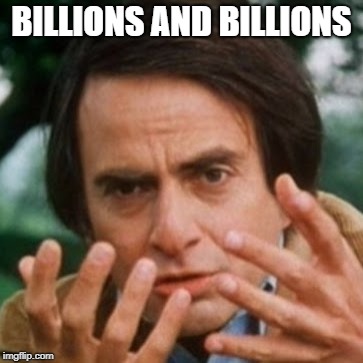Oofta
Legend
I think we are looking at a lot of things, but 10 years...I mean this forum is not typical. 10 years in a hobby, especially in a game, is an eternity.
This isn't soccer or basketball and even then ones involvement in sport after a decade will shift, and our bodies will dictate some of that.
I just find the suggestion that 24th changes reflect design flaws, gaps, shortcomings, to be an incorrect assumption when looking at 5e.
Obviously 5e was not designed for the players of today. It was designed for the community of 2014.
The players that everyone thinks matter, were in elementary when 5e was designed and released, learning to read.
As a thought experiment, assume for a moment that during the development cycle of 5E there was an AI that could play D&D. Feed it the rules, have the machine crank through millions of games of D&D with the rules, simulating millions of different players. Basically give the developers the same knowledge of how well the game has worked, what didn't work, what could be improved. The prediction machine doesn't take into account any cultural shifts per se, just has a massive amount of testing to kick the rules around.
I don't think the game that would have been released with that kind of knowledge and experience would be all that different from 5E24. There will always be things you learn after you've used a ruleset for long enough that you wish you could go back and tweak. There are, of course, going to be small adjustments here and there for the upcoming generation(s), but you can't really design for them. Nobody knows what they really want, heck they likely don't really know what they want. In addition assuming that people are a monolithic block because they're roughly the same age is a mistake. All you can do as a designer is take a look at what's been working and make your best guess at what will work better.


